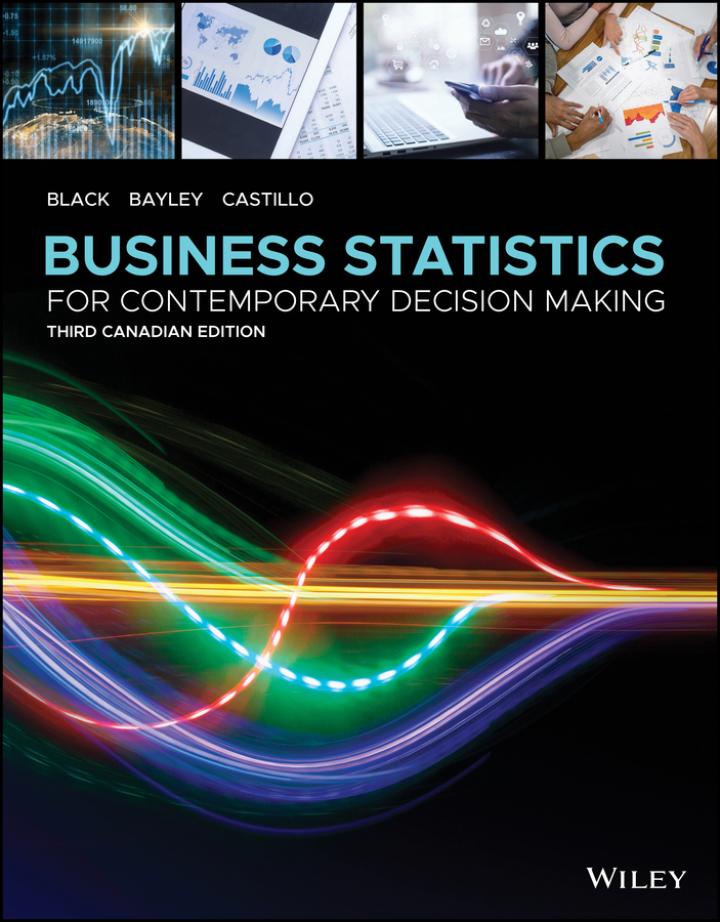The 3M company is a global innovation company with over 100,000 patents, $31.7 billion in sales, and
Question:
The 3M company is a global innovation company with over 100,000 patents, $31.7 billion in sales, and 91,000 employees. 3M has 27 business units organized under five business groups: consumer, electronics and energy, health care, industrial, and safety and graphics. It has 46 technology platforms, including adhesives, abrasives, electronics and software, light management, microreplication, nanotechnology, nonwoven materials, and surface modification. Related to this, 3M has 8,500 analysts worldwide, and its products are sold in nearly 200 countries. Included in 3M’s more widely known products are Scotch® Tape, Post-it® Notes, and Ace™ bandages. 3M was born as a small-scale mining company in 1902 when the five founders invested in harvesting a mineral known as corundum from a mine in Minnesota on the shores of Lake Superior. The mine ultimately did not produce much corundum, but the company used a spirit of innovation, collaboration, and technology to discover other materials and products that could be of use to consumers and companies. In 1910, the company, then known as Minnesota Mining and Manufacturing (3M), moved its headquarters to St. Paul, where it is today. In the early 1920s, 3M created the world’s first waterproof sandpaper, which helped open up opportunities for the company in the automotive industry. In 1925, a young lab assistant invented masking tape, thereby helping to diversify the company’s offering. Over the next few decades, many of the “Scotch™” products were developed and marketed, including Scotch® Tape, Scotchlite™, and Scotchgard™. In the 1960s, 3M introduced dry-silver microfilm, photographic products, carbonless papers, overhead projection systems, and numerous health-care and dental products. In 1980, 3M introduced Post-it® Notes, creating a new category in the marketplace. By the year 2000, there were new products such as Post-it® Super Sticky Notes, Scotch® Transparent Duct Tape, optical films for LCD televisions, and a family of new Scotch-Brite™ Cleaning Products. In 2009, 3M introduced a new line of stethoscopes in health care, and introduced new products in the grinding industry. In later years, 3M developed 3M® Solar Mirror Film 1100 for concentrated solar power. Today, one-third of 3M’s sales come from products invented within the past 5 years, during which time over $8 billion has been invested in R&D and related expenditures. According to company information sources, the global 3M team is committed to creating the home, and improve every life.
Discussion
1. 3M has developed the 3M™ Value Index Score, which provides a standard metric to assess accountable value in health care. This index score is a composite measure based on six critical primary care domains derived from 16 measures of key processes and outcomes that effect value in health care. According to 3M, this Value Index Score can increase the understanding of provider and system performance, thereby prioritizing the areas where improvement is needed and accelerating that improvement. This measure can be used by both providers and payers to help improve patient outcomes and to control costs. Suppose you were asked to develop a sampling plan for a study to determine the value of the index, usage rates of the index, and general attitudes toward the index. What sampling plan would you use? What is the target population (or are there multiple target populations)? What might you use for the frame(s)? Which of the four types of random sampling discussed in the chapter would you use and why? If you were to use stratified random sampling, what would be your strata?
2. In 2009, the Global Strategy Group conducted an online survey, commissioned by Scotch® Tape, in which they asked adults in the United States about their personal gift-wrapping behaviours and trends. One finding was that the average number of presents wrapped by adults in a typical December holiday season is 15.3. In addition, the study found that women wrap more presents than men, with women averaging 20.3 and men averaging 9.9. Suppose that the figures obtained from the sample are true for the entire Canadian population, and that the standard deviation for all adults, women and men, is 4.5. If a random sample of 35 Canadian adults is taken, what is the probability that the sample mean number of presents wrapped in a typical December holiday season is more than 16? If a random sample of 60 Canadian men is taken, what is the probability that the sample mean number of presents wrapped by a man in a typical December holiday season is more than 9? If a random sample of 43 Canadian women is taken, what is theprobability that the sample mean number of presents wrapped by a woman in a typical December holiday season is between 20 and 22?
3. In 2015, 3M commissioned a survey conducted by Wakefield Research regarding colour quality in electronic devices (phones, tablets, notebook PCs, and LCD TVs). Among the results of the survey are that 62% of device owners wish there was better colour quality on their display devices, 29% want more realistic colours, 18% want bolder colours, and 14% want richer dark colours. Assume these figures are true for the general population of device owners. If a random sample of 450 device owners is taken, what is the probability that more than 65% wish there was better colour quality on their display devices? If a random sample of 270 device owners is taken, what is the probability that 25% or fewer want more realistic colours? If a random sample of 950 device owners is taken, what is the probability that between 152 and 200 want bolder colours?
Step by Step Answer:

Business Statistics For Contemporary Decision Making
ISBN: 9781119577621
3rd Canadian Edition
Authors: Ken Black, Ignacio Castillo





